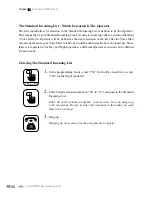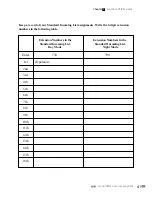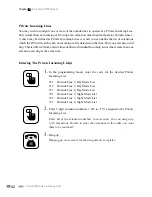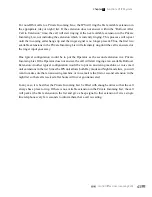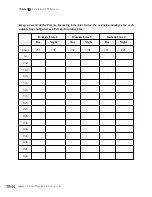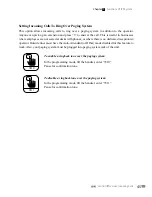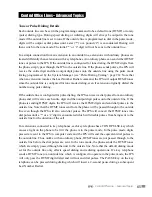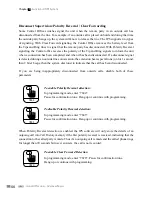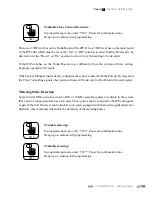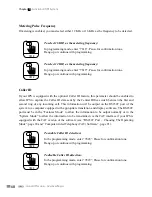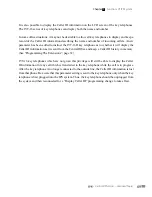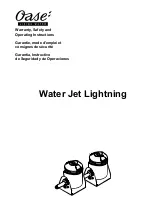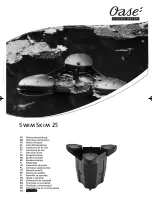
54
What Happens If There Is No DISA Entry
If an outside line answers in the Auto-Attendant (or DISA) mode and the caller does not enter
any DTMF digits and no fax tone is detected, the IPS can transfer the call to either the operator
or to the designated fax machine. You should choose for these calls to go to the FAX extension
if this outside line is used mostly for receiving faxes. This is helpful since some fax machines do
not send the calling tone until after the called fax machine answers and thus the IPS cannot detect
the incoming fax tone.
You should choose for these calls to go to the “Operator” if the outside line is used mostly for
voice callers. A caller using a pulse dial telephone would not be able to enter any DTMF digits
and you would want this call be directed to the operator. (If the outside line is set to ring according
to the Standard Incoming Line de
fi
nition, the “Operator” setting here will cause these calls to ring
extension(s) according to that de
fi
nition. If the outside line is con
fi
gured as a Private Incoming
Line, the “Operator” setting will cause these calls to ring at the
fi
rst available extension in the
private incoming call list for that outside line.)
To ring the operator if there is no DISA entry:
In the programming mode, lift the handset, enter “7856”.
Pause for con
fi
rmation tone.
To ring the FAX extension if there is no DISA entry:
In the programming mode, lift the handset, enter “7857”.
Pause for con
fi
rmation tone.
7856
7857
One option for a line which is to be used mostly for fax reception might be to program the outside
line to operate in the DISA mode during the day time with this parameter set to send calls with no
DTMF or FAX input to the operator. During the day time, the operator would hear either silence
or a fax tone and manually transfer the call to the FAX extension. In the night mode, the outside
line could be con
fi
gured to be a Private Incoming Line, ringing only at the FAX extension.
Auto-Attendant (DISA) Feature
Chapter
3
- Functions Of IPS System

